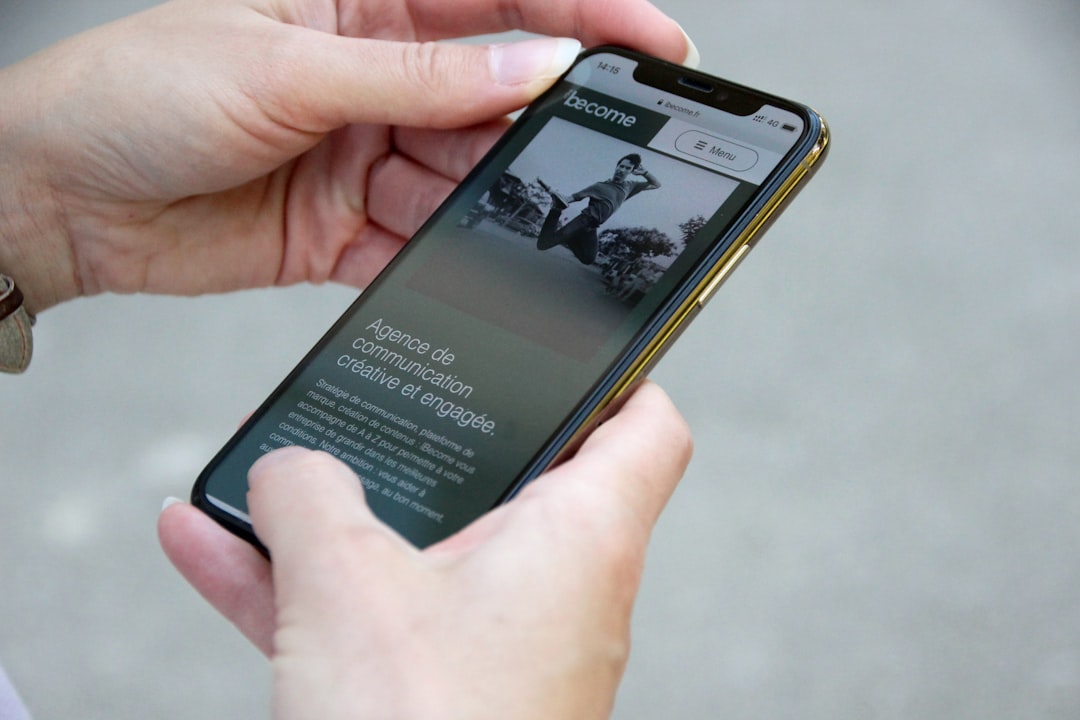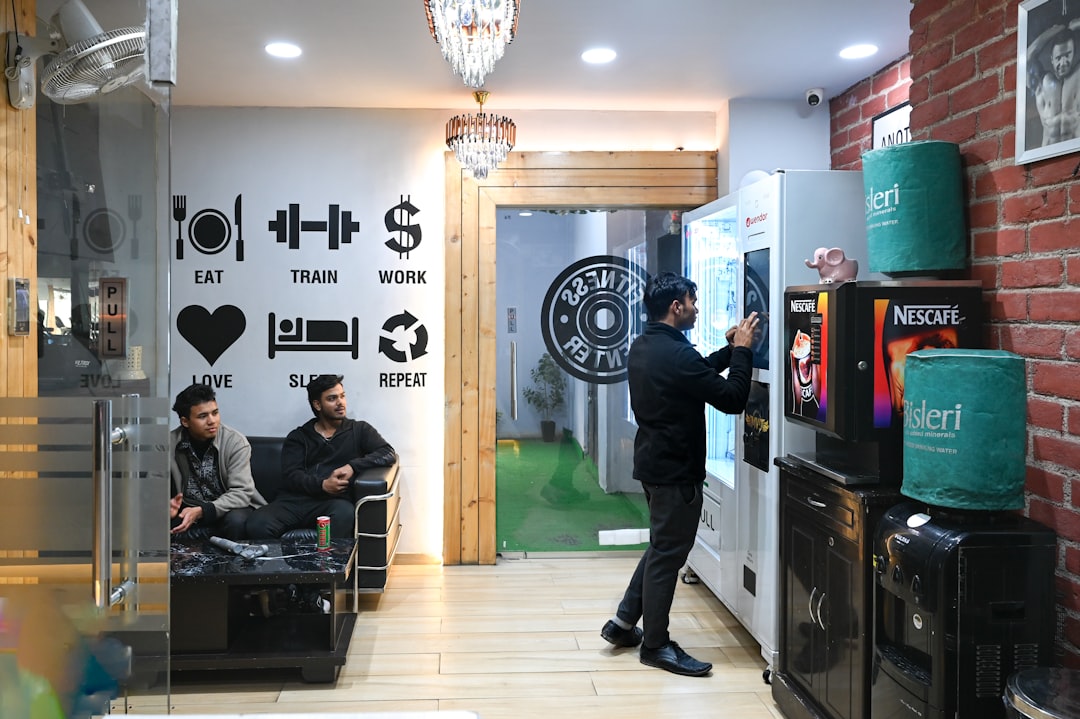As we step deeper into 2025, the landscape of local search engine optimization (SEO) is transforming faster than ever before. Business owners, digital marketers, and SEOs are rethinking their strategies to keep pace with algorithmic changes and new consumer behaviors. Local SEO, once dominated by simple tactics like keyword stuffing and citation building, has now become a sophisticated blend of localized content, real-time data, AI-powered personalization, and immersive online experiences.
The Shift in Google’s Local Ranking Factors
Google’s local search algorithm has undergone key changes since 2023, but 2025 marks a significant evolution. While the foundational ranking factors — relevance, distance, and prominence — remain, their weight and interpretation have become more refined. Let’s take a closer look at what’s influencing rankings now:
- Real-time engagement metrics: Google is giving more importance to how users engage with local listings in real-time. High click-through rates, interaction on posts, and messaging are reliable signals.
- Proximity + Intent: Proximity is no longer just physical distance. It’s now contextual, evaluated based on real-time user intent, device usage patterns, and previous searches.
- AI-enhanced reviews and sentiment analysis: Reviews have always been important, but now, Google uses AI to analyze the sentiment and context within reviews to determine trustworthiness.
AI and Local SEO: A New Collaboration
AI is reshaping virtually every sector — and SEO is no exception. In local SEO, AI tools are enabling brands to deliver hyper-personalized experiences across search and map listings. With the help of machine learning, the following trends are gaining traction:
- Smart content generation: AI tools like ChatGPT and Bard are being used to craft localized landing pages, FAQs, and business descriptions tailored to micro-local demographics.
- Predictive search personalization: Google is trying to preempt what a user might search for based on their location, time of day, and behavior history — optimizing for this requires anticipating user needs before they even begin typing.
- Conversational interfaces: Voice search and chatbots are driving conversational SEO. Structuring your content to match natural language queries is essential.
Businesses that understand how to train and complement AI systems while maintaining an authentic local narrative are the ones climbing local rankings faster.
User-Generated Content Takes the Lead
Content may still be king, but in 2025, user-generated content (UGC) is kingmaker. Photos, reviews, Q&As, and testimonials submitted by customers now heavily influence local visibility and trustworthiness. This is especially true on platforms like Google Maps, Instagram, and TikTok.
Google now includes UGC metrics as part of ranking factors, assessing:
- Volume of reviews over time
- Engagement with reviews and responses
- Geo-tagged photos and videos uploaded by users
Encouraging your customers to share their experiences isn’t just good PR anymore — it’s vital to your local SEO strategy.

The Role of Visual Search and Multimodal Experiences
Visual search has grown rapidly thanks to the advent of tools like Google Lens, Pinterest Lens, and newer AI-integrated systems. In 2025, customers are using images to search locally — taking a photo of a storefront, dish, or product and instantly receiving results and business information. Consequently, having optimized, tagged images across your digital properties is no longer optional.
Additionally, Google’s use of multimodal search — combining visuals, text, voice, and context — means your local SEO strategy has to span several modes of input:
- High-quality photos and videos with proper geo-tags
- Alt text, EXIF data, local keyword usage
- Creating content with both voice and textual triggers in mind
Google Business Profiles (GBP) Are More Dynamic
Google Business Profiles — formerly known as Google My Business — are no longer static listings. In 2025, GBP functions more like a mini-website, offering interaction, intelligence, and immersion. Key GBP features now influencing rankings include:
- Event posts: Promoting time-sensitive events with engagement metrics in mind
- Live status updates: Adding dynamic elements such as “Popular Times,” “Busy Now,” and real-time availability
- AI-generated Q&A and review summaries
Optimizing your Google Business Profile is not a one-time action anymore — it requires consistent updates, analytics tracking, and consumer interaction.
TikTok, Instagram, and Non-Traditional Platforms
In 2025, traditional maps and search platforms are no longer the only ways people discover local businesses. Location-based discovery on social platforms is at an all-time high. TikTok in particular has emerged as a top search engine for Gen Z and Millennials; people now search “best tacos near me” directly in TikTok.

Tips for optimizing local presence on these platforms:
- Create short-form hyper-local content that highlights your area and services
- Use trending sounds and relevant location-based hashtags
- Encourage check-ins and user tagging
With social signals feeding into Google’s broader AI and EAT (Expertise, Authoritativeness, Trustworthiness) model, the visibility you achieve on these platforms often correlates directly with improved SEO results.
More Granular Tracking and Local Analytics
One of the most promising developments in 2025 is the availability of micro-level data. From Google’s API integrations to specialized local SEO tools, businesses now have access to:
- Heatmaps of customer engagement per hour
- Device-based performance data
- Conversion tracking by neighborhood or zip code
This hypergranular data allows brands to optimize more precisely. For example, a local salon noticing booking drops on Tuesdays in one zip code can create a Tuesday-only promotion targeted through paid local ads, GBP posts, and influencer partnerships.
Offline and Hybrid Strategies That Support SEO
Real-world experiences still matter — perhaps more than ever. Google is increasingly factoring offline sentiment and behavior into online rankings. Businesses that engage in community building, create shareable experiences, or gain earned media coverage often see local SEO benefits. Offline strategies boosting rankings include:
- Collaborating with local influencers and micromedia outlets
- Hosting or sponsoring in-person events
- Generating buzz through PR and publicity stunts
The key lies in creating moments worthy of digital reflection. Photos, tags, check-ins, and social chatter generated offline can all funnel back into online visibility.
Best Practices for Local SEO in 2025
To thrive in this evolved local SEO ecosystem, businesses should adopt a multipronged strategy. Here are the leading best practices for 2025:
- Prioritize mobile experience and Core Web Vitals
- Integrate AI for content personalization and performance tracking
- Encourage constant UGC including reviews and media
- Use schema markup and structured data for local business info
- Update and monitor your Google Business Profile weekly
- Invest in localized social media and influencer marketing
- Analyze and act on hyper-local data insights
Every local business has a unique angle — and in 2025, surfacing that personality through active, intelligent, and community-driven marketing is the secret to dominating local rankings.
Conclusion
The evolution of local SEO rankers in 2025 is both thrilling and challenging. Google’s AI core, social discovery trends, visual search functionalities, and the rising demand for authenticity all point to a more nuanced SEO environment. Businesses that lean into these changes by humanizing their brand, leveraging smart technology, and nurturing local engagement will find themselves winning more hearts — and search queries — in today’s digital-first world.


